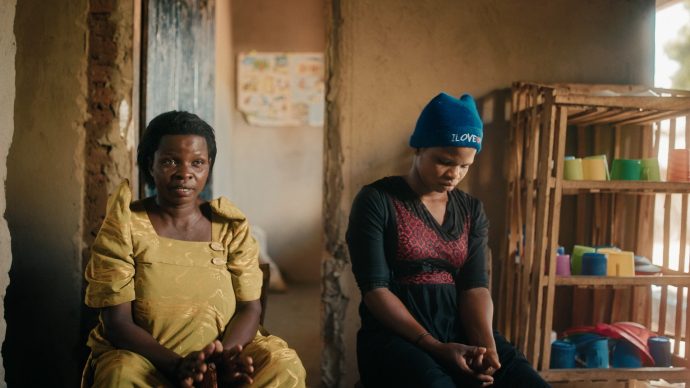Fibertest af IKEAs papir viste, at det stammer fra tropisk regnskov i Sydøstasien, og derfor vil den store møbelkæde nu gå over til certificeret papir. Fin begyndelse, men papiret bør være ren genbrug, mener NGO.
After ROBIN WOOD’s criticism of IKEA because of their sale of paper produced by the destruction of tropical forests the furniture store has announced consequences:
Until to the end of May 2014 the production of “the whole Paper Shop range” will be converted to “fiber sources of either fully FSC-certified wood or recycled”.
This was disclosed in writing by Anders Hildeman, Global Forestry Manager with IKEA, to ROBIN WOOD, after the environmental organization had published the results of fiber analyses.
ROBIN WOOD values this as a first step in the right direction and appeals for further substantial improvements as well as an action plan for the consistent implementation of the ameliorated paper policy.
“Obviously IKEA has recognized that they have to improve their purchasing of paper. That’s a good thing, but we furthermore miss a clear preference for products made from recycled paper”, states Rudolf Fenner, head of the forest unit with ROBIN WOOD.
Products made from recovered and recycled paper consume much less wood, water and energy resources than fresh pulp papers.
The production of FSC certified papers on the contrary does not save a single one of these resources, but only attests the respect of social and ecological minimum standards in the forest and plantation management the wood raw materials used originates from.
An improved paper policy with IKEA should apply consequently moreover not only to the Paper Shop range of products but also to the entire field of papers, for example to packaging and catalogues as well as paper for internal and external communication.
ROBIN WOOD has therefore asked IKEA to disclose where the raw materials for all of the papers come from and to expose when these papers will be completely converted to recycled or at least FSC certified fiber proveniences.
“Only then”, thus Fenner, “becomes visible how credible IKEA’s paper policy really is”.
Furthermore, IKEA up to now still owes us an explanation of how – in spite of allegedly documented and monitored raw materials supply chains – the processing of wood from tropical forests for its stationery was possible.
IKEA has up to now also failed to present a timetable and an action plan on how in the next six months the complete conversion of the Paper Shop to recycled or at least to FSC certified paper products should take place.
ROBIN WOOD will therefore continue to press for consistently ecological paper standards with IKEA and for verifiable measures for their implementation.
ROBIN WOOD had stationery from IKEA tested randomly and had published the results on November 20, 2013.
The analyses had shown that most of the products examined contained pulp from Southeast Asia.
There the last tropical forests are logged and people are driven from their lands in order to create new plantations for the pulp and palm oil industry. In papers from the product line “Särskild” the specialized laboratories commissioned by ROBIN WOOD had found pulp fibers from natural tropical forests.














